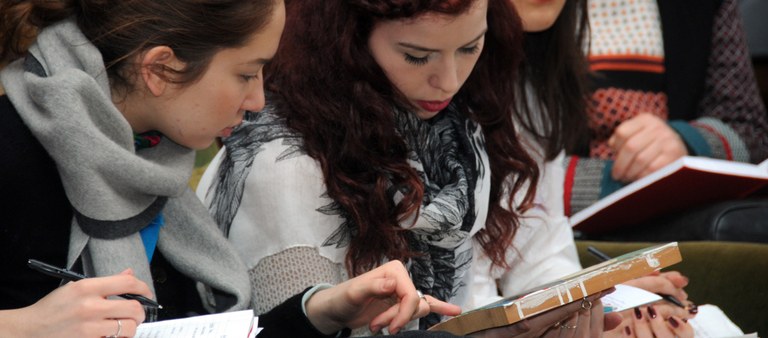
Have you ever looked at something and wondered why it looks the way that it does? Do you like visiting museums and galleries and thinking about the objects you see? Are you interested in finding out about the historical, religious, literary and cultural contexts that shaped and changed these objects as they were made, used and admired? Then a degree in History of Art could be for you.
You don’t need to have studied History of Art before. If you are visually sensitive and interested in anything from history, literature, philosophy, religion and foreign languages (modern and/or ancient) to politics, economics, music, science or maths then you have something you can bring to our understanding of the subject.
Studying Art History doesn’t just mean looking at paintings and sculptures (although we do a lot of that): art historians study anything that was made at least partly to be looked at – anything with an aesthetic side to it. Teapots, churches, jewellery, wallpaper, gardens, gravestones, temples, picture frames, coins, graffiti, wall paintings, plates, fans, printed books, clothes, gargoyles, houses, pottery, illuminated manuscripts, palaces, candlesticks, museum design... all of these can be and are studied by an art historian.
We study these objects in their historical and cultural contexts, and ask a lot of questions. Who made them? What subject is shown? What are they made of? When were they made? How were they used? Who used them? How do they compare to similar objects, or other representations of the same subject? We ask these questions in different ways, but the most important question an art historian asks is: why does this object (be it a painting, sculpture, building, or something else) look the way it does and have the impact that it does?
